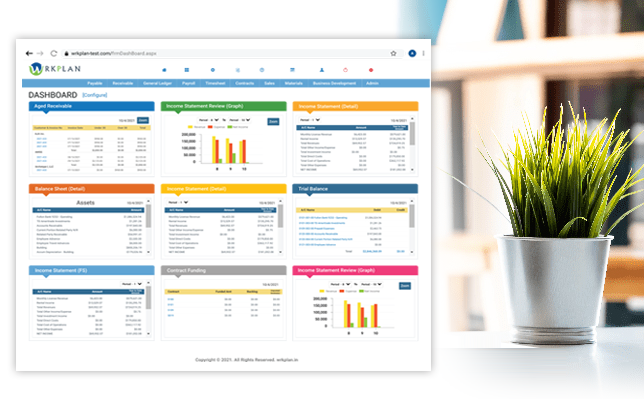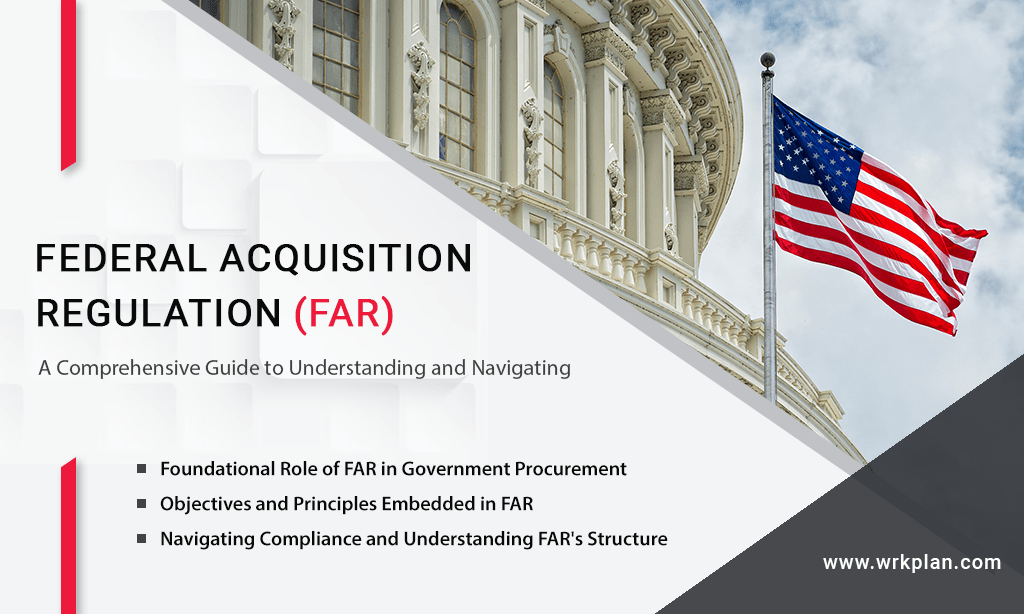As a federal contractor, you’ll inevitably encounter the Federal Acquisition Regulation (FAR), a critical framework in the government procurement process. This guide offers a foundational understanding of FAR and highlights its most significant elements to help you navigate compliance effectively.
What is the Federal Acquisition Regulation?
The Federal Acquisition Regulation is the cornerstone of government procurement, setting the rules for what costs can be charged to the government under a contract. It’s the principal regulation used by all Federal Executive agencies for acquiring goods and services with appropriated funds, as outlined on GSA.gov. FAR’s role is to ensure uniformity and consistency in the federal acquisition process, establishing clear guidelines for cost recovery, solicitation provisions, and contract clauses, including the Defense Federal Acquisition Regulation Supplement (DFARS).
Origins of the Federal Acquisition Regulation
Crafted over four decades ago via the Office of Federal Procurement Policy Act of 1974, FAR continues to be the guiding standard for federal agencies in purchasing goods and services. The regulation is jointly issued and maintained by the Department of Defense (DoD), General Services Administration (GSA), and the National Aeronautics and Space Administration (NASA).
Purpose of the Federal Acquisition Regulation
FAR’s objective is to ensure that federal agencies follow a standardized set of policies and procedures during procurement. It’s designed to deliver the best value in products or services while upholding public trust and adhering to public policy objectives. The regulation encompasses several key principles, including cost-effectiveness, quality, and timeliness, while promoting competition, minimizing administrative costs, and maintaining fairness and transparency.
Navigating FAR Compliance
Compliance with FAR is essential for contractors providing goods or services to federal agencies. It’s important to note that FAR applies specifically to the Executive branch. Legislative and judicial branch contracts are governed by their own set of regulations, such as the Congressional Budget Office (CBO) for the Legislative branch and the Judiciary Policy for the Judicial branch. Understanding and adhering to the specific FAR clauses in each contract is a fundamental responsibility of contractors.
Breaking Down FAR Parts
The complexity of FAR is evident in its structure, which includes eight subchapters encompassing 53 parts. These parts cover a wide range of topics from acquisition planning to contract management. Two notable sections are FAR Parts 31 and 52, which provide guidance on Cost Principles and Contract Clauses, respectively. FAR Part 31 focuses on the principles of cost determination, while Part 52 outlines allowable costs and payment procedures.
Special Contracting Methods and Small Business Programs
FAR also includes provisions for special contracting methods like multi-year contracting (FAR Part 17) and dedicated sections for small business programs (FAR Part 19). These parts address various contracting strategies and support for small businesses, ensuring diverse participation in federal procurement.
Understanding DFARS
The Defense Federal Acquisition Regulation Supplement (DFARS) complements FAR for contractors working within the Defense Industrial Base (DiB). Compliance with DFARS, especially in areas like cybersecurity (NIST SP800-171), is crucial for DoD contractors.
The Distinction between FAR and DFARS
While both FAR and DFARS are integral to government contracting, they serve distinct purposes. FAR is the overarching regulation, whereas DFARS specifically addresses requirements for contractors dealing with Controlled Unclassified Information (CUI) in the defense sector.
WrkPlan’s Support in FAR & CAS Compliance
For government contractors, complying with FAR and Cost Accounting Standards (CAS) is a critical aspect of business operations. WrkPlan offers tailored solutions designed to aid in this compliance, providing functionalities for cost allocation, ledger control, segregation of costs, and identification of costs in line with FAR and CAS requirements.
Navigating FAR and DFARS can be daunting, but with the right preparation and resources, contractors can establish compliant and efficient processes, setting the stage for successful government contracting.



